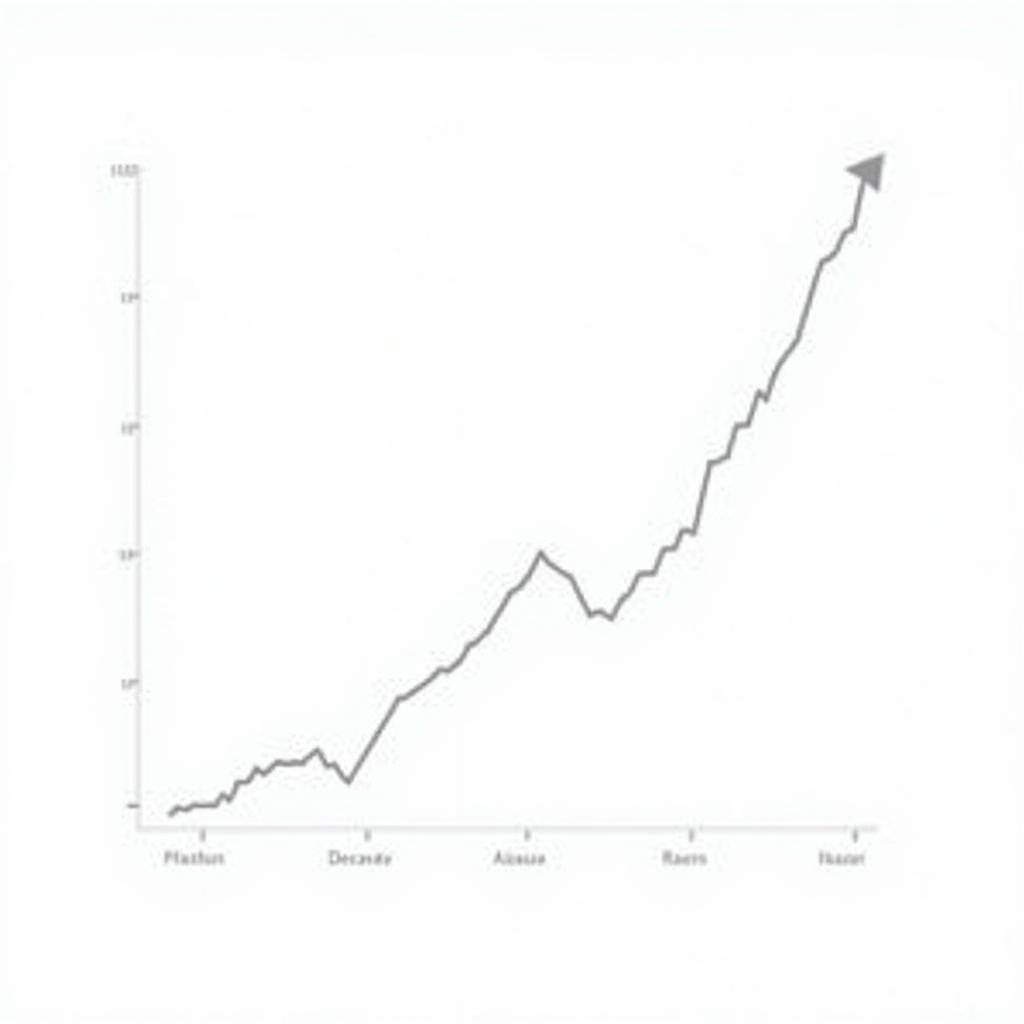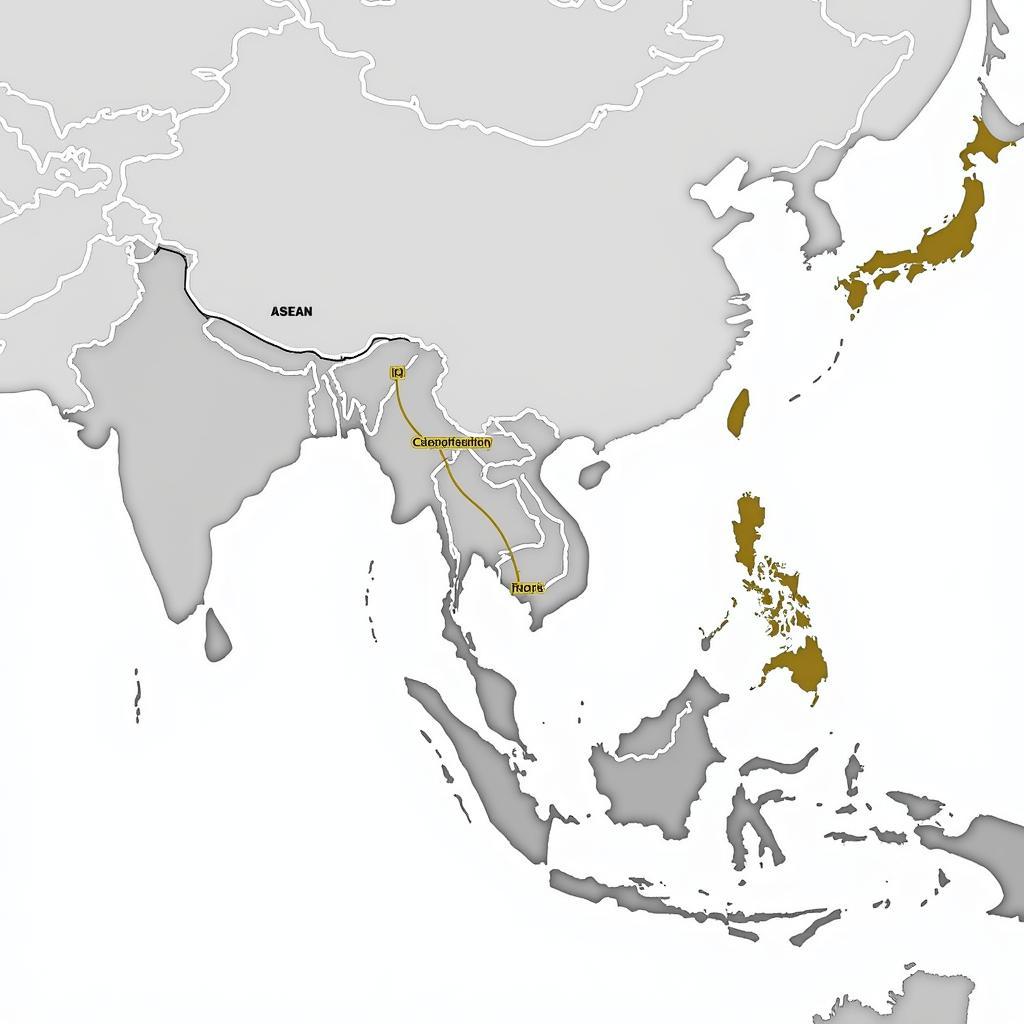The Association of Southeast Asian Nations (ASEAN) has emerged as a global economic powerhouse, recently claiming its position as the 8th largest economy in the world. This dynamic bloc of 10 diverse nations has demonstrated remarkable growth and resilience, captivating the attention of investors and businesses worldwide.
 ASEAN Economic Growth Chart
ASEAN Economic Growth Chart
A Journey of Economic Integration and Growth
ASEAN’s journey to becoming an economic giant is rooted in a commitment to regional integration and cooperation. Established in 1967, the organization has fostered economic growth through initiatives such as the ASEAN Free Trade Area (AFTA), which has significantly reduced trade barriers and boosted intra-regional trade. This collaborative spirit has enabled ASEAN to navigate global economic uncertainties and emerge stronger.
Factors Driving ASEAN’s Economic Success
Several key factors have contributed to ASEAN’s economic ascent:
- Strategic Location and Young Population: Situated in a geographically strategic location, ASEAN serves as a gateway between the Pacific and Indian Oceans. Its youthful and growing population provides a vibrant workforce and a burgeoning consumer market.
- Abundant Natural Resources: The region is rich in natural resources, including oil, gas, minerals, and agricultural products, making it a crucial player in global supply chains.
- Increasing Foreign Direct Investment: ASEAN has become an attractive destination for foreign direct investment, drawn by its favorable business environment, competitive labor costs, and growing consumer base.
Challenges and Opportunities on the Horizon
While ASEAN’s economic outlook remains positive, the bloc faces challenges that require proactive solutions.
- Infrastructure Development: Investing in infrastructure development, particularly in transportation and logistics, is crucial to support continued growth and connectivity within the region.
- Digital Economy: Harnessing the potential of the digital economy and bridging the digital divide within ASEAN will be paramount in driving innovation and inclusivity.
- Sustainable Development: Balancing economic growth with environmental sustainability and social inclusivity will be essential for ASEAN’s long-term prosperity.
ASEAN’s Global Impact: A Force to be Reckoned With
As the 8th largest economy in the world, ASEAN’s influence extends beyond its borders. The bloc plays a vital role in shaping global trade, investment, and geopolitical dynamics. With its continued commitment to integration, innovation, and sustainable development, ASEAN is poised to solidify its position as a major player on the world stage.
 ASEAN's Role in Global Trade
ASEAN's Role in Global Trade
Conclusion
ASEAN’s remarkable rise to becoming the 8th largest economy in the world is a testament to the power of regional cooperation, strategic vision, and a commitment to growth. While challenges remain, the bloc’s potential is undeniable. As ASEAN continues to embrace innovation, inclusivity, and sustainable development, it is well-positioned to shape the future of the global economy.
